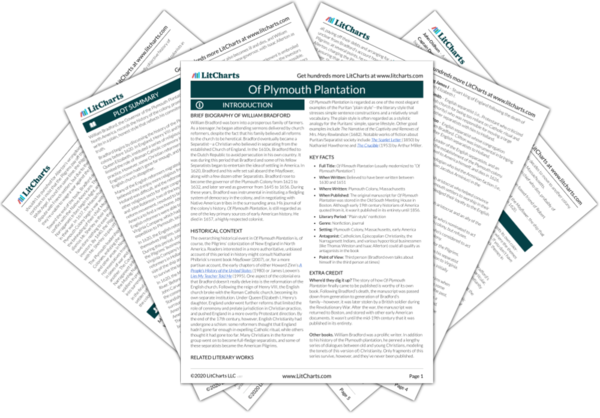The English reformers were scorned and persecuted in their own country at a time when religious freedom wasn’t seen as a fundamental right in England. These reformers were committed to simplifying the Christian church, getting rid of the complex hierarchies of bishops, ministers, and cardinals (although, to be clear, Puritans didn’t reject the concept of authority altogether—there were certainly Puritan reverends).
